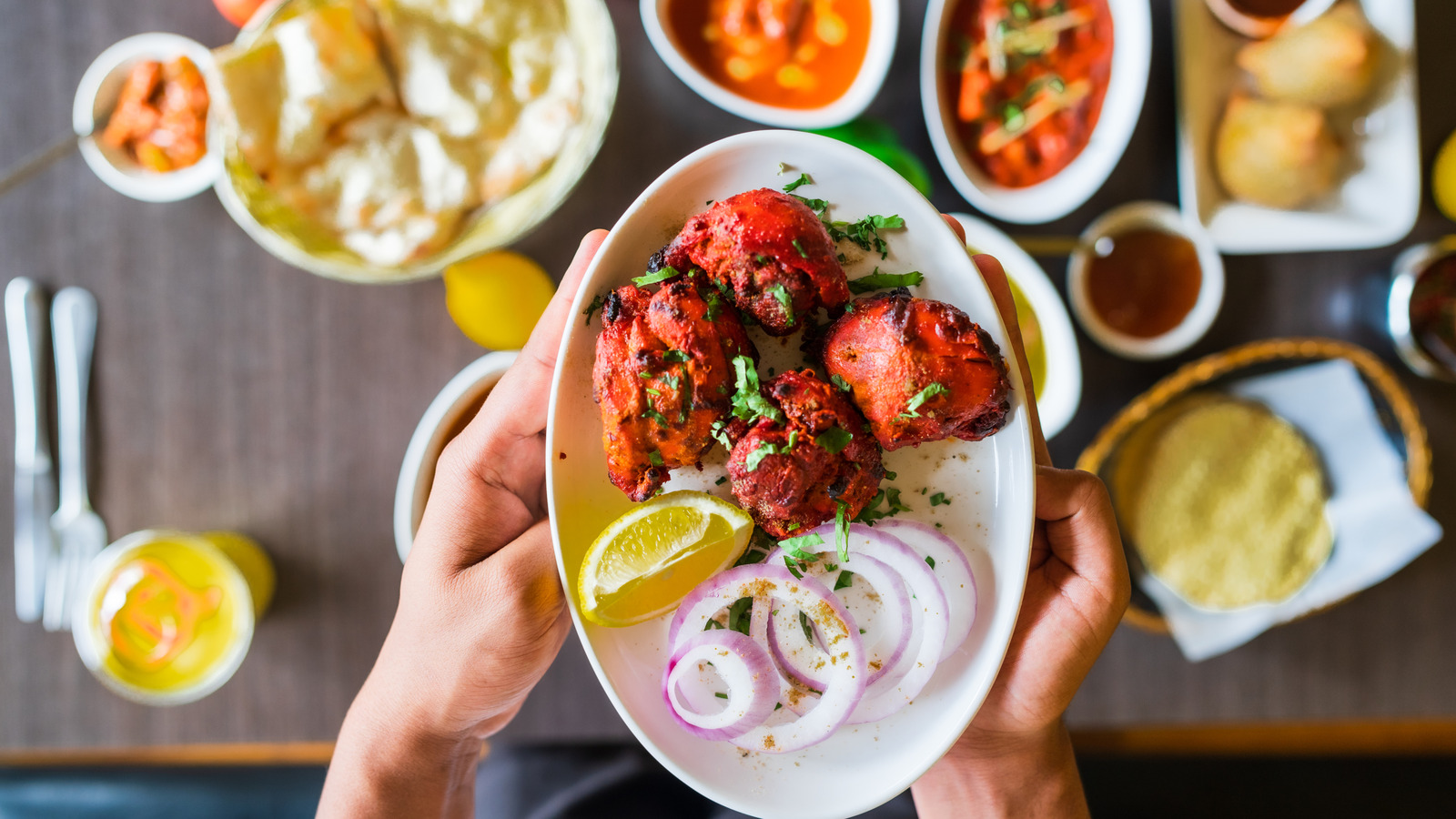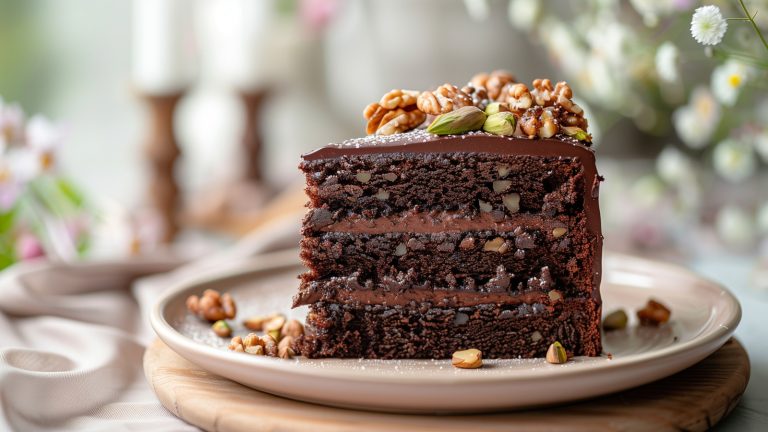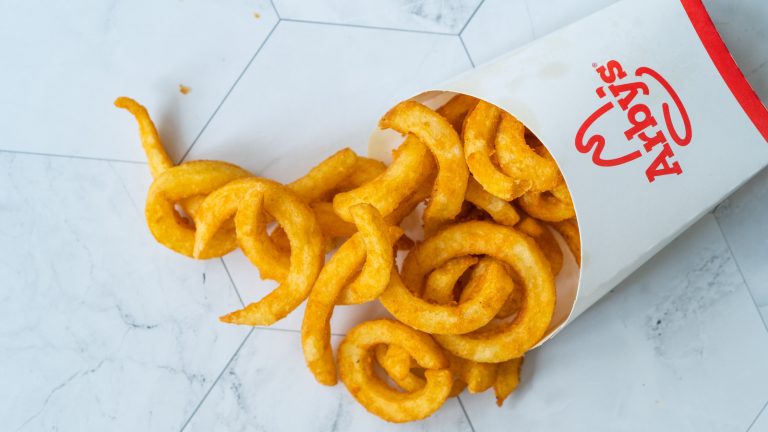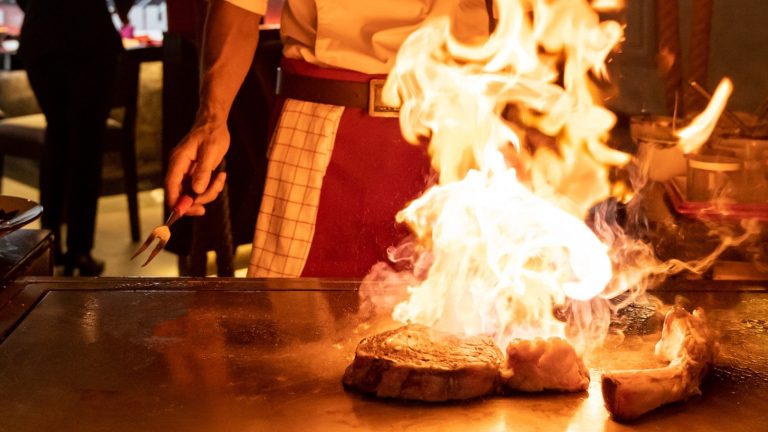Depending on your background, a meal at an Indian restaurant can be a short foray into a new world or a comforting taste of home. If it’s the latter, you already know what you want — a meal that tastes like your mom or favorite aunt made it, except you won’t have to help with the dishes afterward. If you only have a passing familiarity with Indian food, however, you might find the experience of dining in a new restaurant featuring unfamiliar dishes confusing — what’s everything supposed to look and taste like, and are you getting the real thing?
If you’re lucky enough to be in a community with many Indian restaurants to choose from, the opportunity for confusion multiplies. It can be hard to figure out which are the best ones, and how you can even tell. Restaurants in general can vary wildly in quality, and Indian restaurants are no exception. To help you recognize the signs of a great Indian restaurant, we’ve enlisted three experts: Sunny Singh, co-founder of Indolicious in Brampton, Ontario; Abishek Sharma, chef and co-founder of Madam Ji Ki Shaadi in New York City; and Maricel Gentile, author of “Maricel’s Simply Asian Cookbook.”
A welcoming atmosphere is the first sign of greatness
In any restaurant, customers want to feel welcomed and respected. In the very least, they expect staff to acknowledge them quickly and seem gracious that they’ve come. In Indian culture, however, hospitality is king, and our experts said the first thing you should look for is a welcoming atmosphere. “In Indian culture, hospitality deeply matters to us,” Sunny Singh told Chowhound. “Without it, the experience just wouldn’t hold similar value even if the food is really good.”
Abishek Sharma agrees. “Service at a great Indian restaurant is warm, not stiff; welcoming, not overbearing,” he said. Singh also looks at the layout and overall ambiance, which likewise reflect care and attention to the diners’ experience. “Are there enough tables, are they clean, is there a subtle theme to the restaurant, and is the music too loud? That helps me gauge the kind of experience I am signing up for,” Singh said. The choice of decor can also set a great restaurant apart. Singh favors an open or visible kitchen, as well as thoughtful lighting and decor.
Great Indian restaurants showcase the basics
Some diners love to see a long menu, believing it to be a sign of the kitchen’s prowess. They may believe that, with so many options, everyone should be able to find something that pleases them. As both restaurant veterans and fans of “Kitchen Nightmares” know, however, more isn’t always better. Kitchen crews rarely have the bandwidth or skill to do everything well, and this principle also holds for Indian restaurants. According to our experts, an establishment with a shortish menu featuring usual-suspect dishes is a better bet than one with dozens of options, which is a restaurant red flag that should send you running. “Signs you’re at a good restaurant are a focused menu that tells a regional story or shows a clear culinary direction demonstrating pride and intention — not a hundred items from all over India,” Abishek Sharma said.
According to Sunny Singh, a short, disciplined menu means the restaurant strives to master the dishes that diners want and expect. “A good Indian restaurant will have the staples on the menu — they won’t mess around with that because people come for those,” he said. “Having these upfront on the menu means that the restaurant has spent time perfecting these dishes, and they understand what the customer is there for.” Because India has a range of distinct regional cooking styles, these basics can vary by establishment. In a North Indian restaurant, look for dishes such as butter chicken and tandoori chicken; in a South Indian restaurant, expect to see dosas and idlis, and in Indian-Chinese restaurants, look for dishes such as chili paneer and Hakka noodles.
Lots of big families are a good sign
As the old saying goes, you are known by the company you keep. Savvy travelers know that a restaurant crowded with locals is almost always a better bet food-wise than a glossy spot filled with tourists, especially when it comes to regional cuisine. We all know that a place that has gotten hundreds of great online reviews from repeat customers will be a better choice than a place that’s conspicuously empty on Saturday night.
One piece of sure-fire evidence that an Indian restaurant is hitting the mark is the presence of its toughest potential critics: People who know Indian food well and likely know how to cook it themselves. “I also pay attention to who’s dining. If I see families enjoying big platters together, or if people who grew up with this cuisine are eating there, that’s a good sign,” Maricel Gentile said. Abishek Sharma agrees. “If the aunties and uncles are there, it’s a good sign!” he said. However, don’t expect this kind of greatness to be fancy. “We don’t need a Michelin star here, what we need is comfort, warmth, and food that tastes fresh and made with pride,” Gentile said.
The simplest dishes reveal a chef’s skill
When ambitious home cooks want to make an impression, they often shoot for the moon and strive to produce the most showy, labor-intensive dish they can think of, such as Gordon Ramsay’s Beef Wellington. While mastery of such dishes rightfully confers bragging rights, serious chefs know that true culinary finesse shows itself in quieter ways, especially in Indian restaurants.
Our experts, for instance, said that the simplest dishes in an Indian eatery are the best diagnostic of the chef’s skill. “I always look at the dal, biryani, or a simple vegetable curry. These dishes may seem basic, but they require technique and balance,” Maricel Gentile said. “If they get the simple things right, the rest usually follows.” For Sunny Singh, the make-or-break dish in any Indian restaurant is yellow dal (lentils). Singh believes that it can be very indicative of the chef’s skill. This is because it’s a simple but complex dish to make. “With a good dal, there’s not much to argue,” Singh says. The next time you enjoy an Indian meal, don’t take that humble bowl of dal for granted — it can tell you a lot about the kitchen.
Detailed menu descriptions show consideration for diners
For newcomers to Indian cooking, navigating the menu can be one of the most intimidating parts of dining at an Indian restaurant. Even if you’re an adventurous eater and willing to try anything, it can be tough to order if you have no idea what any of the unfamiliar terms on the menu are supposed to mean. But at a great Indian restaurant, management understands that not all diners will be familiar with Indian culinary terminology and thus ensures its menus are user friendly and easy to understand.
“A good menu would also have a description of each dish as well as an indication of how spicy a dish is since Indian food is predominantly spicy with a range of spices and condiments,” Sunny Singh said. Menu presentation, Abishek Sharma said, can also tell you a lot about the restaurant’s care for its food and customer experience. “For red flags, look out for typos or generic dish descriptions — if it just says ‘curry’ without an explanation, I’m skeptical. Another is if every dish is marked ‘spicy’ or ‘non-spicy’ as if spice is a monolith; that’s not how Indian food works.”
Look for knowledgeable, enthusiastic waitstaff
In a good restaurant, your server takes your order accurately and politely, delivers it to you with a smile, and checks in occasionally to ensure your meal has progressed as desired. But in some cases, a restaurant can build a devoted following without even these niceties. Ed Debevic’s, for instance, prides itself on its snarky, ill-tempered servers, and the century-old San Francisco restaurant, Sam Wo, once advertised itself as the home of the world’s rudest waiter.
These cases, however, are outliers. We almost always want our servers to smooth out any friction in the dining experience, not add to it. And in a really great Indian restaurant, the servers not only bring you your food, but serve as tour guides through the kitchen’s offerings. “I appreciate when servers are knowledgeable and excited to walk you through the dishes. Even small touches like offering suggestions based on spice tolerance or dietary needs show pride in what they serve,” Maricel Gentile said. Another sign of greatness is staff that’s not only caring, but deeply knowledgeable. “I love when the staff knows the story behind dishes and can explain them with pride — not just saying ‘this is spicy’ but telling me why it’s made that way or where it’s from,” Abishek Sharma said.
Attention to small details distinguishes good and great restaurants
In a truly great Indian restaurant, the mastery of small details can add up to make a big impression. These details start with the attention given to diners as they walk through the door. “We are a culture that values community, so a genuine smile, a greeting in the language of the restaurant, serving water immediately, handing menus immediately greatly matters,” Sunny Singh said.
Maricel Gentile also values the little gestures that create a great environment in an Indian restaurant. “I look for signs of care: fresh herbs or flowers on the tables, a tidy buffet if they have one, and if there’s a tandoor oven, even better,” she said. “The environment should feel clean, not sterile, just like a place where someone would want to sit down and stay awhile.” And for Abishek Sharma, all these little details should add up to a restaurant that sparks emotional connection. “A good Indian restaurant should immediately make you feel something — warmth, vibrancy, maybe even a little nostalgia,” he said.
House-made condiments reflect culinary skill and pride
At some point, almost all of us have experienced a dreary meal out in which every item seemed to have come premade from a factory somewhere. While this expected (though still a bummer) in a school cafeteria or dorm dining hall, it’s a real disappointment to see in a restaurant we’ve actually chosen to patronize.
While no one will begrudge a casual dining (or even slightly better than casual dining) restaurant from serving commercially made ketchup or mustard with its burgers, a place that proudly serves house-made condiments and pickles will set itself in a class above the competition. And the same holds true in Indian restaurants. If you’ve ever explored an Indian grocery store, you’ve seen that jarred Indian pickles and sauces and frozen breads are as prevalent as their Western counterparts. So when at an Indian eatery, look closely at the menu and chat up your server. As Abishek Sharma notes, if their chutneys, pickles, and breads are house-made, this shows extra care and skill in the kitchen.
A smell of fresh spices signals food made from scratch
Your first sniff upon entering a restaurant can give you a good idea about what lies ahead. An overwhelming smell of stale grease or disinfectant? That’s your cue to cut your losses and find a better place to eat. No smell at all? This could be a good or bad thing, depending on the restaurant –- would you trust a barbecue joint that didn’t have at least a slight smoky aroma? And the scent of a restaurant makes a bigger impression on us than many consumers realize –- so big that some restaurants (and other businesses) intentionally develop a signature scent to welcome customers as they walk through the door.
And when you walk into a great Indian restaurant, you should smell good, from-scratch cooking that may carry the aroma of the key spices you need for Indian dishes. “Note the smell. You can tell within seconds when you walk into a restaurant if it’s fresh aromatics or reheated gravies,” Abishek Sharma said. Maricel Gentile also relies on the smell test when checking out a new Indian restaurant. “I always use my senses when I walk into any restaurant. A clean, inviting smell — spices, herbs, maybe something baking, tells me a lot,” she said.
Good pacing of your meal is a sign of a great restaurant
The rhythm of a meal is a big part of the dining experience. A leisurely lunch with friends will be a lot more pleasurable than a rushed solo lunch at your desk, even if the menus are exactly the same. And at Indian restaurants, where food is traditionally served family-style and intended to be shared, meals are meant to be immersive, interactive experiences. As Abishek Sharba explained, traditionally, Indians ate their meals with their hands, an experience he encourages diners to try, if appropriate. “That’s how you really connect with Indian food,” he said.
During a meal, servers at a great Indian restaurant will be attentive to the needs of guests without hovering over them. For instance, Sharma said, they should be quick with water refills and mindful of the pacing of the dishes coming out. Sunny Singh added that skilled servers watch from a distance to ensure diners have everything they need as the meal progresses. “Paying attention to the small things, such as ensuring there are sufficient tissues on the table, if a table needs a second round of naan or breads, offering a mouth freshener or desert after dinner goes a long way,” Singh said.
Ask these questions to know if you’re in a great Indian restaurant
In a great Indian restaurant, the kitchen and floor staff aren’t just knowledgeable about food — they’re genuinely interested in it and in ensuring guests have a good experience. “Don’t be afraid to ask for recommendations based on mood,” Abishek Sharma said. “Indian cuisine is emotional; it can comfort, excite, surprise. A good chef or server should match your vibe with a dish that hits.”
They should also be willing to answer your questions about the menu, the ingredients, or how the dishes are meant to be enjoyed. For instance, Sharma said, you could ask if the restaurant can prepare a tasting menu or thali (a platter used to serve multiple dishes at once). “If they offer one, they usually care deeply about showcasing a variety of flavors,” Sharma said. You can also learn a lot by asking about the origins of dishes. “Asking if something is North or South Indian, or vegetarian by tradition, usually opens up a lovely conversation,” Maricel Gentile said. She also likes to ask chefs which dishes reflect their own background and what they like to eat themselves. “I also ask what they would order for their own family. That’s the dish I want,” she said.





